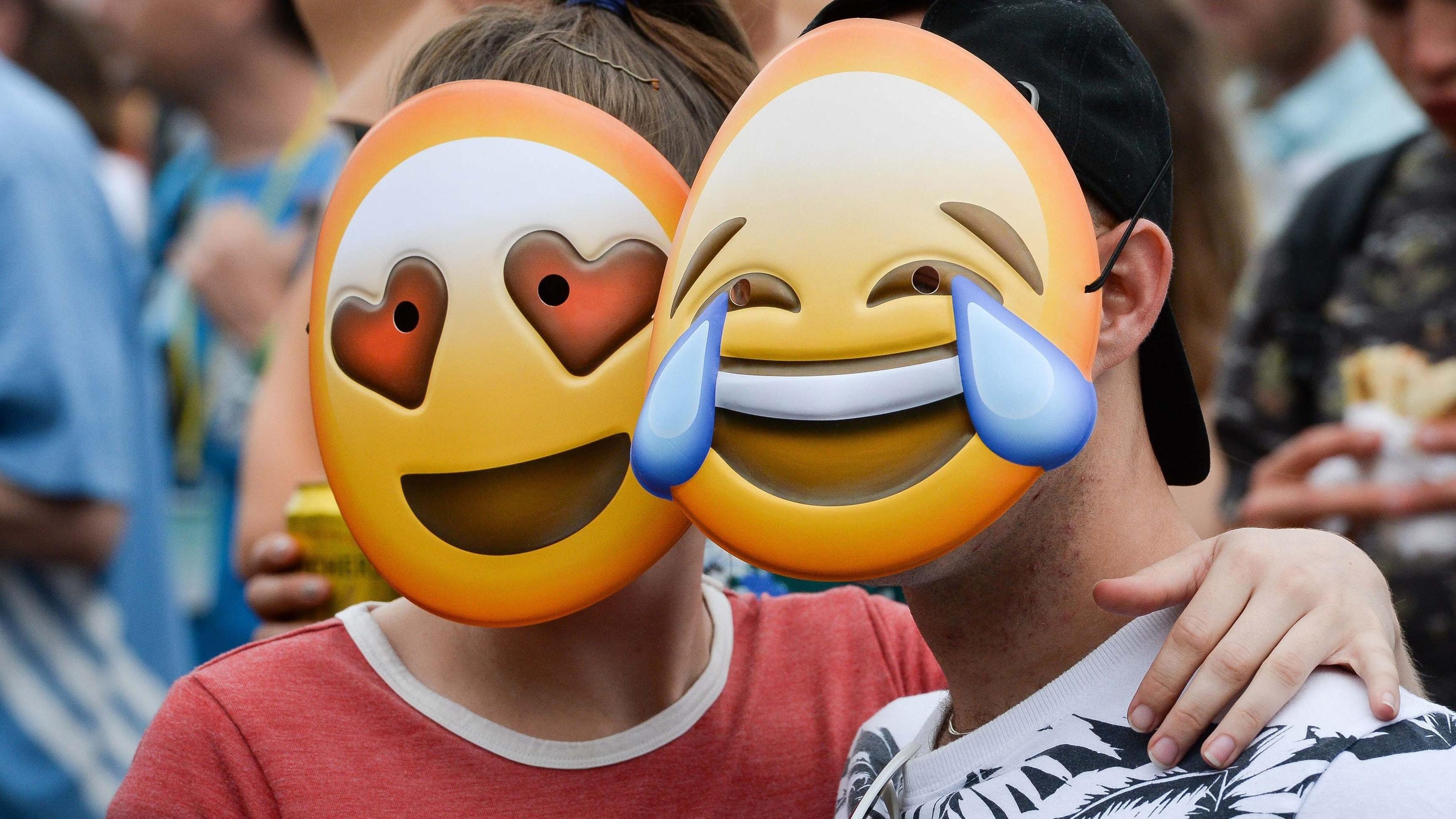
EMOJIS have fast become an essential part of 21st century communication, and they are now reportedly finding their way into the classroom.
A number of teachers are using the icons in subjects such as English and languages, according to the Times Educational Supplement (TES).
Supporters argue that the emoji language – from the famous smiley face to one with tears of sadness – can help pupils connect with the subject they are learning.
Charlotte Hodgson, an English teacher at Avonbourne College in Bournemouth, told the magazine that everyone in her department uses them, and that emojis have helped her students to engage with Shakespeare.
“I’ve just taught A Midsummer Night’s Dream and, when we’ve read a bit of the scene, they summarise it in two main emojis and then have to explain it,” she said.
“The emojis are not used by themselves – there is always some kind of verbal or written explanation that then allows you to check the pupils’ literacy, writing skills or speech skills. The emojis just give them a starting point that they understand.”
Ms Hodgson added that the symbols can help pupils to link ideas, which can lead higher understanding, engagement and learning.
Luca Kuhlman, a modern foreign languages teacher at a Stockton secondary school, told the TES that emojis are a useful aid.
“Wherever possible, I take out the English words in a text and replace them with an emoji, so they associate the French with an image rather than with an English translation,” he said.
“If you can eliminate as much English as possible, they don’t need much explanation.”
He added that the symbols “have to have purpose” and he would not overuse them.
On the other side of the debate, Clare Sealy, headteacher of St Matthias School in east London, is against their use.
She told the TES: “As educators, we have not a single minute to waste teaching trivia, such as emojis.
“How will such learning help bridge the word gap? How can we help disadvantaged children gain the sorts of powerful knowledge that children in, say, the top public schools have? Not by devoting precious curriculum time to the detritus of youth sub-culture. That would be fiddling while Rome burns.”

Enjoy the convenience of having The Sunday Post delivered as a digital ePaper straight to your smartphone, tablet or computer.
Subscribe for only £5.49 a month and enjoy all the benefits of the printed paper as a digital replica.
Subscribe